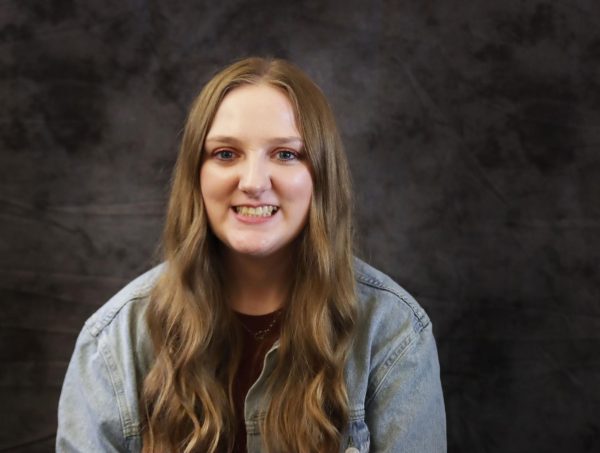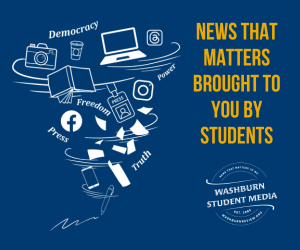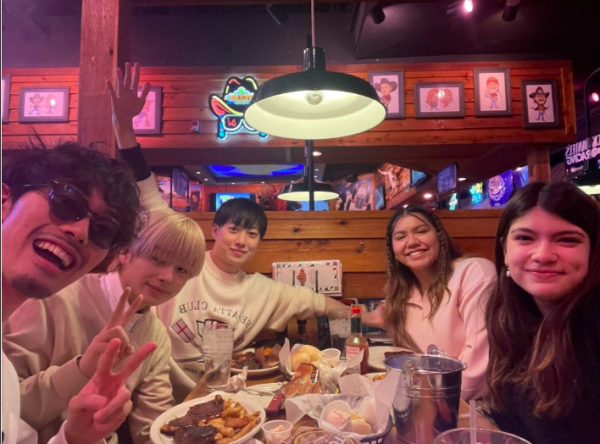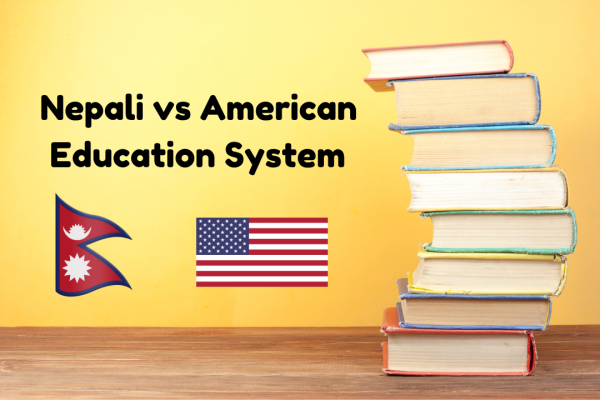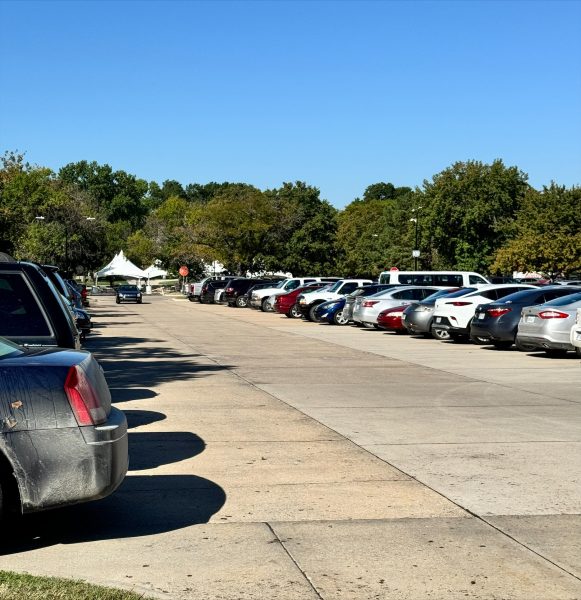Editorial: What an Ichabod can and cannot be
This university is named after a man who, through his generosity, saved it from financial ruin when he donated $25,000 in 1868. $25,000 in 1868 would equate to about $438,000 in 2014.
A month after Lincoln College received this large endowment, the school was renamed after the donor, Ichabod Washburn.
This is the story that is told often at Washburn, especially with the celebration of the sesquicentenial.
What most people don’t know is that there was another donor to the college, and that person was also a Washburn.
Ann Brown Washburn, the wife of Ichabod, also donated money to the school after her husband’s death. But seemingly nothing is done to remember her or honor her.
The Washburn Ichabod mascot has always been depicted as a man – the man with the top hat. But we are not Ichabod University; we are Washburn University, and Ann was a Washburn.
There is no need for a complete overhaul of the mascot, but it doesn’t seem too much to ask that the school’s mascot be allowed to be represented by more than strictly a male.
There are many possibilities to incorporate women into Washburn’s display of pride and school spirit, but one in specific would make a big statement. Albeit, the opportunity is months off, but it’s something to start thinking about now.
The mascot of the Ichabod has been depicted as an astronaut, a cage fighter, a superhero, a fellow student, and on and on, all of which Ichabod Washburn was none.
So it is evident that the mascot can be something that Ichabod Washburn was not.
So for homecoming 2015, why can’t the mascot be a woman?
In 2014, flyers showed a strong, very muscular Ichabod punching through a wall.
Is that the only idea or way to express strength? Does the mascot have to be a big, macho man, or superhero, or whatever?
There are so many different angles from which the design and portrayal of Washburn’s mascot as a woman would offer. For one, it would make a critical statement that heroes and strength are not concepts exclusive to men.
As equal counterparts to men, women, and a “woman Ichabod,” would still represent the same values that Washburn believes in, but would offer a plethora of diversity which has not been explored.
Centering the homecoming theme around a woman Ichabod would open so many doors to students’ creativity and call for brand new minds with brand new ideas to be utilized.
At this point in time, in the year 2015, it seems like an appropriate time to allow women to equally represent Washburn, and a female Ichabod homecoming would be a great start.
Your donation will support the student journalists of Washburn University. Your contribution will allow us to purchase equipment and cover our annual website hosting costs.






